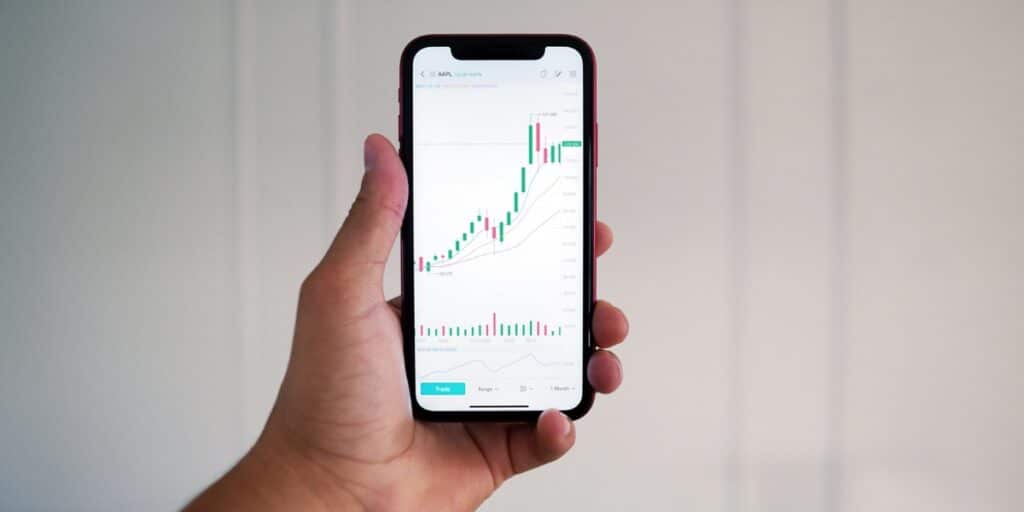Dividend stocks are a great way to generate passive income and build wealth over time.
But it can be difficult to determine whether a dividend stock is really worth investing in or not.
Fortunately, there are several methods you can use to figure out the real value of dividend stocks and make more informed decisions when investing.
6 Ways To Figure Out The Real Value of Dividend Stocks
We will discuss some of these methods that investors should consider before buying any dividend stock.
We’ll look at things like analyzing financial statements, evaluating management performance, assessing growth potentials, and comparing dividends with other investments.
By understanding how these factors influence the value of a dividend stock, investors can make wiser decisions when selecting their investments.

Analyzing Financial Statements
Financial statements, such as balance sheets and income statements, are the most important documents when it comes to determining the value of a dividend stock.
By studying these documents, investors can get an idea of a company’s current assets and liabilities, its performance over time, and how it may perform in the future.
Investors should look for signs of financial strength, such as a healthy balance sheet with more assets than liabilities, consistent cash flow, and strong earnings growth.
They should also assess how much debt the company has, as this will affect its ability to pay out dividends in the future.
Investors should look for any red flags that could indicate potential problems, such as declining revenues or a high debt-to-equity ratio.
Analyzing financial statements is the best way to get an accurate picture of a company’s financial health, and should be done by all investors before investing in any dividend stock.
Evaluating Management Performance
The management of the company is an important factor to consider when evaluating a dividend stock.
Investing in a company with strong leadership can be beneficial, as good managers will strive to improve operations and deliver positive results for shareholders.
Investors should look at management’s track record of success and evaluate their strategies for increasing shareholder value.
They should also assess the company’s compensation plan for executives and board members, as this could indicate whether managers are focused on short-term or long-term results.
Investors should pay attention to any changes in management personnel and determine how these may affect the company’s performance going forward.
By assessing management performance, investors can get an idea of the company’s overall direction and make more informed decisions when investing in dividend stocks.
Assessing Growth Potential
When evaluating a company for potential dividend investments, investors should also assess its growth potential.
Investing in companies with strong growth prospects can be beneficial, as these companies are more likely to deliver higher returns over time.
Investors should consider factors such as the company’s competitive advantage, its potential for innovation and market disruption, and its ability to expand its customer base.
They should also assess the industry in which it operates and determine how this may affect the company’s performance in the future.
Investors should look for any indications of upcoming changes that could impact the company’s growth potential, such as new competitors entering the market or a change in customer preferences.
Assessing a company’s growth potential can help investors identify attractive dividend stocks with good long-term prospects.
Comparing Dividends To Other Investments
When evaluating dividend stocks, it is important to compare them to other investment opportunities.
This will help investors determine whether a particular stock offers good value for its dividend or if there are better options available.
Investors should consider factors such as the expected returns of competing investments, the risk profile associated with each option, and the liquidity of their chosen asset.
They should also assess the costs associated with investing in a particular dividend stock, such as trading fees and taxes.
Investors should consider the timing of their investments and determine which stocks are likely to offer higher returns over the long term.
By comparing dividends to other investments, investors can make more informed decisions when selecting dividend stocks for their portfolios.

Evaluating The Prospects Of The Industry
When evaluating dividend stocks, investors should also take into account the industry in which the company operates.
This will give them a better idea of how their chosen stock is likely to perform relative to its peers, as well as what challenges and opportunities may arise over time.
Investors should look at the current state of the industry, including any major trends and disruptions that could affect company performance.
They should also evaluate the competitive landscape and assess how their chosen stock is positioned relative to its rivals.
Investors should pay attention to regulatory developments in the sector and consider how these may impact the long-term prospects of their chosen stock. A great way to monitor the current trends is by subscribing to investment services such as HALO Technologies.
By assessing the industry, investors can make more informed decisions when selecting dividend stocks for their portfolios.
Dividend Discount Model
The dividend discount model (DDM) is a valuation technique used to measure the intrinsic value of a company’s stock based on its future dividend payments.
The model assumes that the value of a share of stock today is equal to the sum of all its future dividends, discounted at an appropriate rate.
This rate depends on factors such as the riskiness of the dividend payments, the expected rate of return on other investments, and the expected growth in dividends over time.
The DDM is a useful tool for investors when deciding whether to purchase stocks based on their dividend potential.
By using this model, investors can determine how much they should be willing to pay for a share today in order to receive a certain level of returns from their dividends in the future.
The model can also help investors identify stocks with attractive dividend yields relative to others in the same sector.
Ultimately, by relying on the DDM, investors can make well-informed decisions when selecting dividend stocks for their portfolios.
Final Word
Overall, the dividend discount model is an important tool for investors when evaluating potential stocks.
By using this model to assess a company’s future dividends and compare them to other investments, investors can determine whether or not a particular stock offers good value for its dividend payments.
By assessing the industry in which their chosen stock operates, they can make more informed decisions about how their selected shares are likely to perform over time.
With these considerations in mind, investors should be able to identify attractive dividend stocks with strong long-term prospects that offer great returns on investment.





